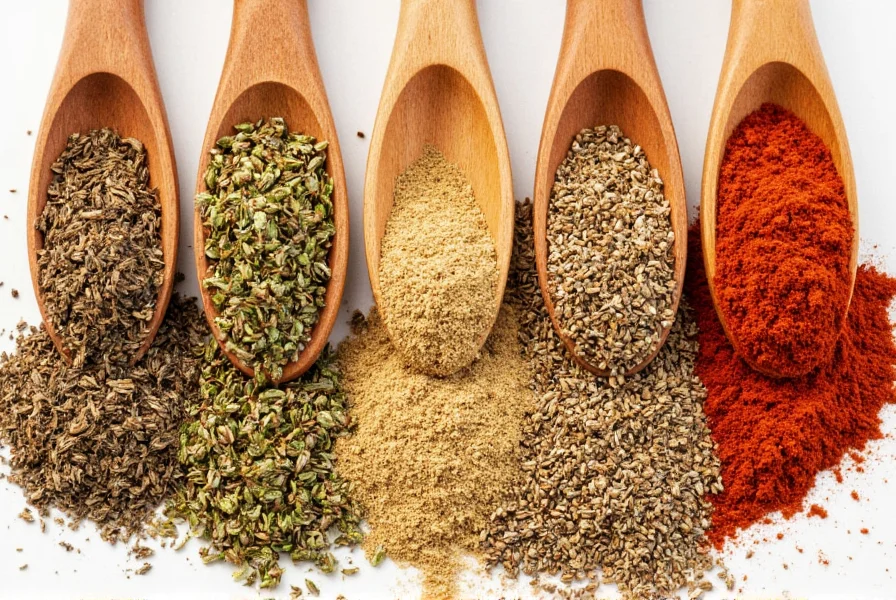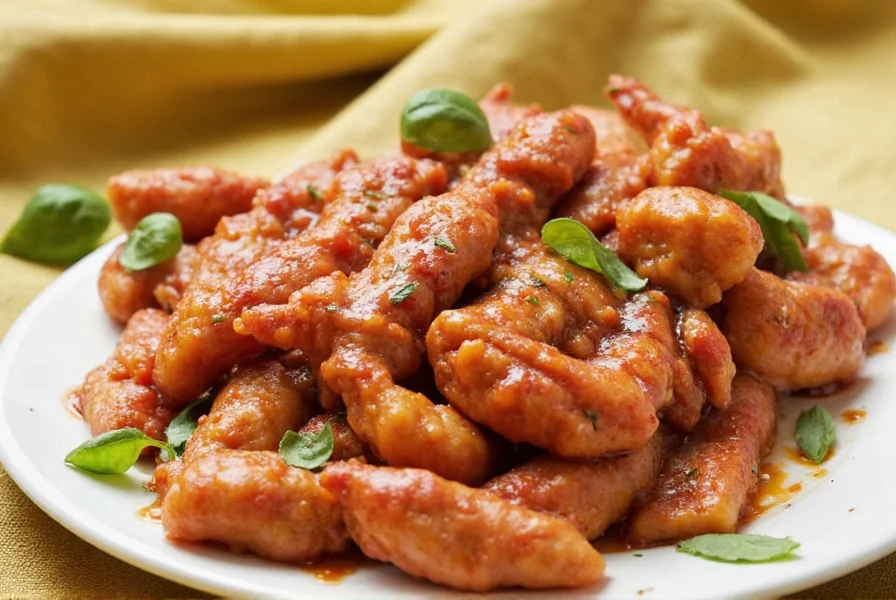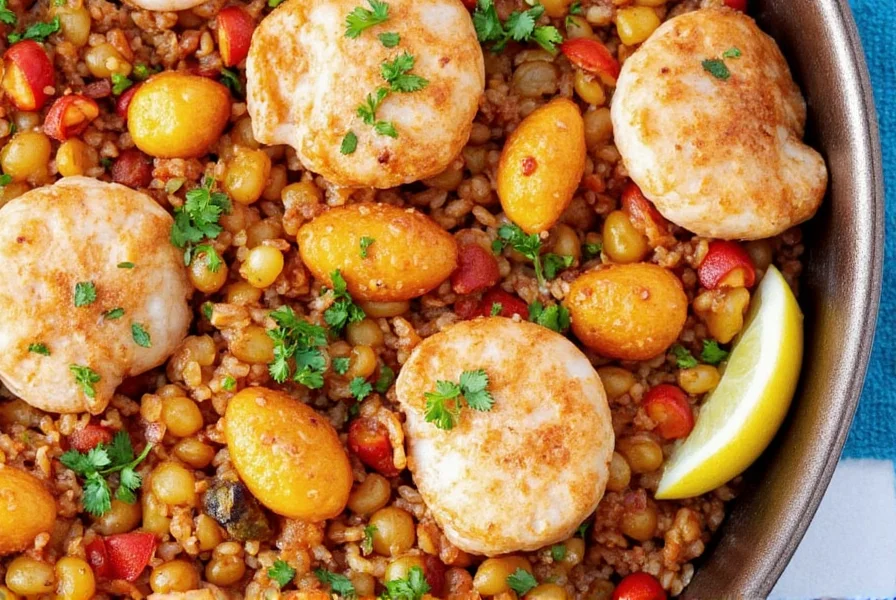Scallop Paella: A Flavorful Journey Through Global Spice Traditions
Table of Contents
Introduction to Scallop Paella
Paella, a beloved Spanish dish, has long been associated with saffron, rice, and a medley of seafood. But when it comes to scallop paella, the dish takes on a new level of elegance and sophistication. Combining the delicate sweetness of scallops with the rich, aromatic base of traditional paella, this variation is a celebration of both flavor and culture.
What makes scallop paella so special? It's not just the ingredients—it's the way they come together, influenced by centuries of global spice traditions. From the smoky warmth of cumin in North Africa to the floral notes of saffron from Spain, each region has left its mark on the world of spices, and that’s exactly what gives scallop paella its unique character.


Global Spice Traditions and Their Influence on Paella
The history of paella is deeply rooted in the Mediterranean, but its evolution has been shaped by a global exchange of flavors. Spices have always played a central role in cooking, and as trade routes expanded, so did the variety of seasonings used in dishes like paella.
One of the most iconic spices in paella is saffron, which originates from the crocus flower and has been prized for centuries for its vibrant color and distinct flavor. But other spices from around the world have also found their way into this beloved dish:
- Cumin: Often used in North African cuisine, cumin adds a warm, earthy note that complements the richness of seafood.
- Paprika: This red spice, popular in Spanish and Hungarian cooking, brings a subtle sweetness and depth of flavor.
- Garam Masala: Common in Indian cooking, this blend of spices can add an exotic twist to your paella.
- Szechuan Peppercorns: These fiery, numbing peppercorns are a staple in Chinese cuisine and can give your paella a bold, unexpected kick.
By blending these global spice traditions, chefs can create a paella that reflects the diversity of the world’s culinary heritage—especially when paired with the delicate taste of scallops.
Spice Comparison Table
| Spice | Origin | Flavor Profile | Best With |
|---|---|---|---|
| Saffron | Spain | Earthy, floral, slightly sweet | Seafood, rice, stews |
| Cumin | Middle East/North Africa | Warm, nutty, slightly bitter | Meat, vegetables, soups |
| Paprika | Spain/Hungary | Smoky, sweet, slightly spicy | Seafood, meats, sauces |
| Garam Masala | India | Complex, aromatic, warm | Vegetables, grains, curries |
| Szechuan Peppercorns | China | Numbingly spicy, citrusy | Seafood, stir-fries, sauces |
Practical Tips for Cooking Scallop Paella
Whether you're a seasoned chef or a home cook looking to elevate your skills, here are some practical tips to help you master the art of scallop paella:
- Use Fresh Scallops: The quality of your scallops will make or break the dish. Look for fresh, plump, and translucent scallops without any strong odors.
- Choose the Right Rice: Bomba or Calasparra rice is ideal for paella because it absorbs liquid without becoming mushy.
- Layer Your Flavors: Start by sautéing onions, garlic, and peppers, then add the rice and broth. Finish with the scallops and a splash of white wine for extra depth.
- Don’t Overmix: Once the rice is added, let it simmer gently without stirring too much. This allows the bottom layer to form a delicious socarrat (crispy crust).
- Experiment with Spices: Don’t be afraid to play with different spice combinations. A pinch of smoked paprika or a hint of saffron can transform your paella into something truly memorable.
Remember, paella is more than just a meal—it's a celebration of culture, flavor, and tradition. And when you pair it with the delicate sweetness of scallops, it becomes even more special.
Buying Guide: Ingredients and Tools for Scallop Paella
If you're ready to try your hand at making scallop paella, having the right ingredients and tools is essential. Here's a detailed buying guide to help you get started:
Key Ingredients
- Scallops: Choose high-quality, fresh sea scallops. Look for firm, moist, and slightly translucent flesh. Avoid any that smell fishy or slimy.
- Rice: As mentioned earlier, Bomba or Calasparra rice is ideal. These varieties hold up well and absorb the broth beautifully.
- Saffron: This is the soul of traditional paella. Buy whole threads, not powder, for the best flavor and color.
- Seafood Stock: A good seafood stock will enhance the flavor of your paella. You can use store-bought or make your own using shrimp shells, fish bones, and vegetables.
- White Wine: A dry white wine like Sauvignon Blanc or Pinot Grigio adds brightness and depth to the dish.
Essential Tools
- Paella Pan: A wide, shallow pan made of carbon steel or cast iron is perfect for even heat distribution and forming the socarrat.
- Wooden Spoon: A sturdy wooden spoon is great for stirring and avoiding scratching the pan.
- Measuring Cups and Spoons: Precise measurements are key, especially when working with rice and liquids.
- Knife and Cutting Board: Sharp knives and a stable cutting board make prep work easier and safer.
Each of these items plays a crucial role in creating a successful scallop paella. Whether you're a professional chef or a passionate home cook, investing in quality ingredients and tools will pay off in the final result.
Conclusion
Scallop paella is more than just a dish—it's a tribute to the rich tapestry of global spice traditions that have shaped our culinary world. By combining the delicate sweetness of scallops with the deep, aromatic flavors of saffron, paprika, and other spices, you’re not just making a meal; you’re celebrating the interconnectedness of cultures through food.
With the right ingredients, techniques, and a bit of creativity, anyone can master the art of scallop paella. So grab your paella pan, gather your favorite spices, and let your kitchen become a stage for a flavorful journey across the globe.
As we’ve seen, the world of spices is vast and full of possibilities. Whether you stick to traditional recipes or experiment with new blends, the key is to enjoy the process and savor every bite.
In conclusion, scallop paella is a perfect example of how global spice traditions continue to inspire and evolve. And with every meal, we keep those traditions alive, one delicious bite at a time.











 浙公网安备
33010002000092号
浙公网安备
33010002000092号 浙B2-20120091-4
浙B2-20120091-4